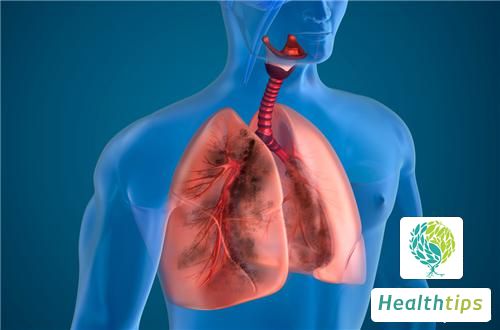After bronchoscopy surgery, do not leave immediately and stay in the hospital for observation for about half an hour. Do not eat or drink for two hours after the surgery. Avoid making sounds during this period. If there are throat pain or hoarseness, nebulization therapy can be used to improve the condition. After normal diet is resumed, promptly supplement quality protein by eating more lean pork, eggs, and soy products.

1. Observe for half an hour after surgery. After undergoing fiberoptic bronchoscopy, the patient should rest and observe for half an hour before leaving the examination room. Possible symptoms after surgery include nasal, throat, and laryngeal discomfort, pain, hoarseness, fever, and blood in sputum, which can usually resolve within a short period or a few days.
2. Do not eat or drink for 2 hours after surgery. As the function of the vocal cords has not yet recovered after anesthesia, avoid aspiration and inhalation infection. After the examination, due to the effect of anesthetics, there may be varying degrees of foreign body sensation in the throat, which should disappear within 1 to 2 hours. Avoid coughing vigorously to prevent bleeding from the brushing or biopsy site.
3. Supplement protein in the diet. This type of examination has no adverse effects on a person's diet, so there are no special restrictions on food. Considering possible respiratory system issues, it is recommended to pay attention to the consumption of eggs, lean meat, soy products, etc., to supplement amino acids and trace elements involved in the synthesis of the body's immune cells.
4. Fasting from food and water for two hours after bronchoscopy. This is to prevent accidental aspiration of food. Minimize talking within half an hour after bronchoscopy, as the vocal cords and laryngeal pharynx need adequate rest. If there is throat pain or hoarseness, local nebulization therapy can be performed. After bronchoscopy, closely observe the patient's cough, sputum production, and other conditions.

